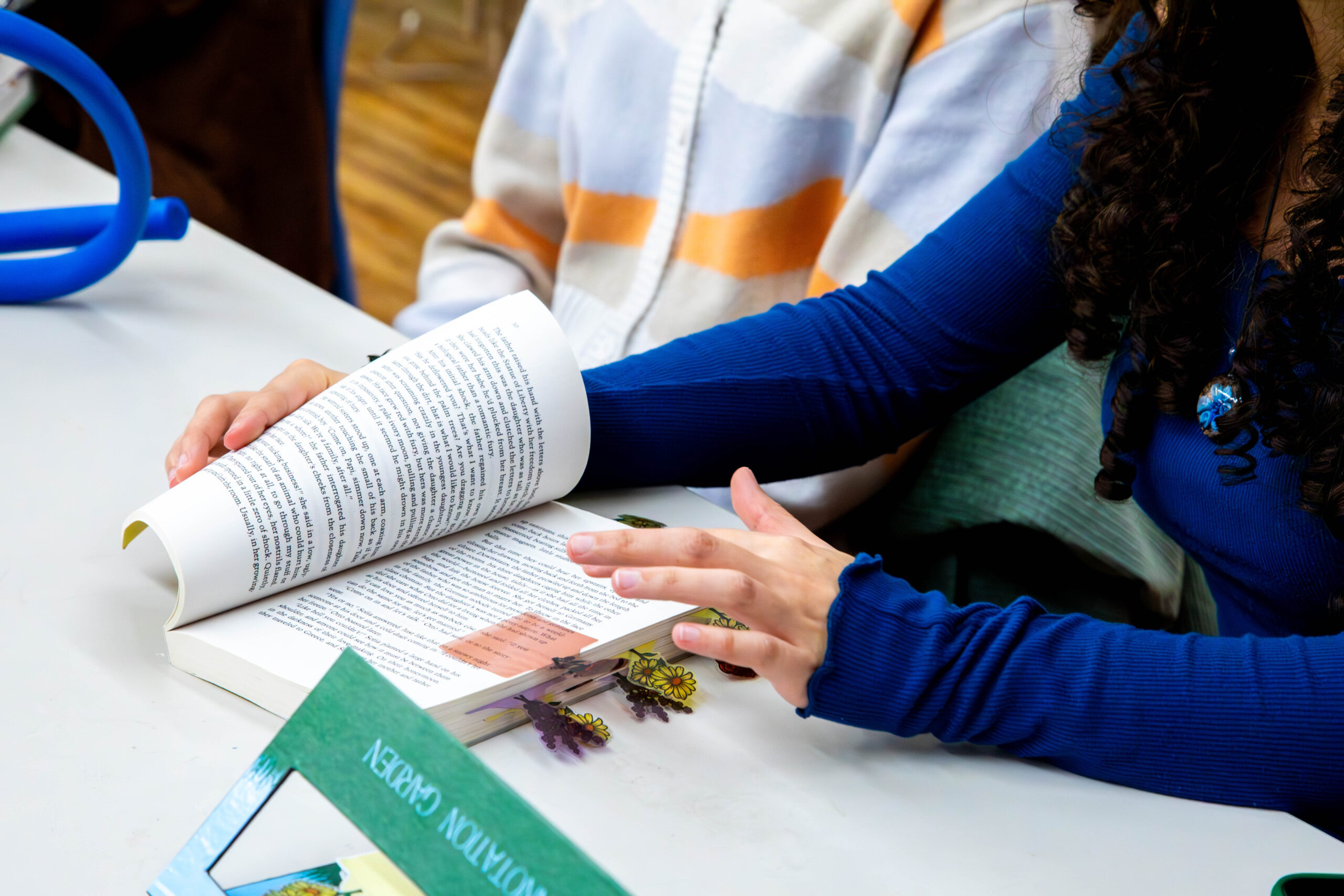Isabela Nery, BID ’24, an industrial design student at Pratt, was on her way home from class one day last fall when it began pouring rain. “New York was underwater; it was raining a lot,” she said. Nery was carrying her books and got home to discover the one she was reading had gotten soaked.
Nery has a close relationship with her books, and was introspective about the water damage. “I got really sad,’’ she said. “It made me think that books live, breathe, and take care of us, so it’s only fair that we take care of them.”
This sparked a question for Nery that resonated with work she was undertaking in an industrial design course at Pratt—how do we care for our books?
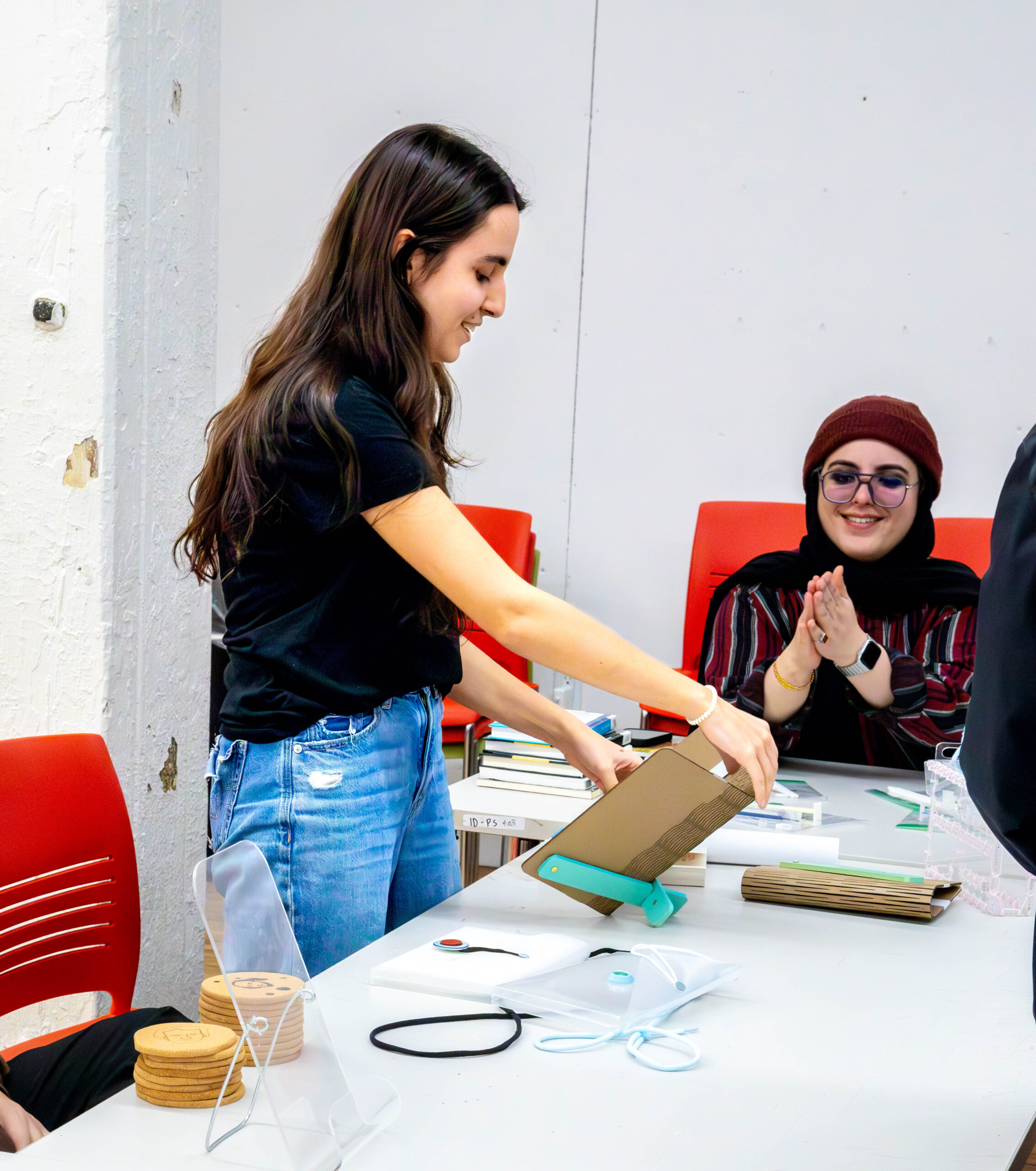
The class, Prototypes I: Kikkerland Design Challenge, taught by Professor of Industrial Design Constantin Boym, had undergraduate and graduate industrial design students conceive products related to books and reading in a course sponsored by Kikkerland, a New York-based industry leader in product design, and Barnes & Noble, the largest bookseller in the US.
For a semester, students researched, explored design concepts, and prototyped items for book lovers inspired by Kikkerland’s brand—which Boym describes as “characterized by a certain humorous attitude, by novelty and fun.” They approached the brief “to create their own narratives through designing objects . . . while acknowledging product typologies and needs of a large book retailer” with Boym’s guidance and critical insights from industry experts. As Kikkerland notes on their blog, students were supported through the design process, “from conducting market research, ideation and development to refinement and prototyping.”
Students began with on-the-ground research during a visit to Barnes & Noble’s Upper West Side location, which opened up a wealth of design opportunities.

“For me, as well as for the students, coming into a megastore like Barnes & Noble felt like entering a temple, a repository of human knowledge, thoughts, and feelings,” says Boym. “Books help to maintain a link between human history and the future. A book is an ancient object that somehow encompasses the future and will continue to do so.”
By November, students came to class with prototypes and had them critiqued by representatives from the two companies. Working closely with professionals from Barnes & Noble and Kikkerland, the students strengthened their ability to present to clients in “short, yet persuasive pitches of their product,” says Boym. “There was a huge learning curve in those skills.”
Over the course of the semester, many of the student designers used the experts’ feedback to pivot from where they started, as they focused on realizing their product designs.
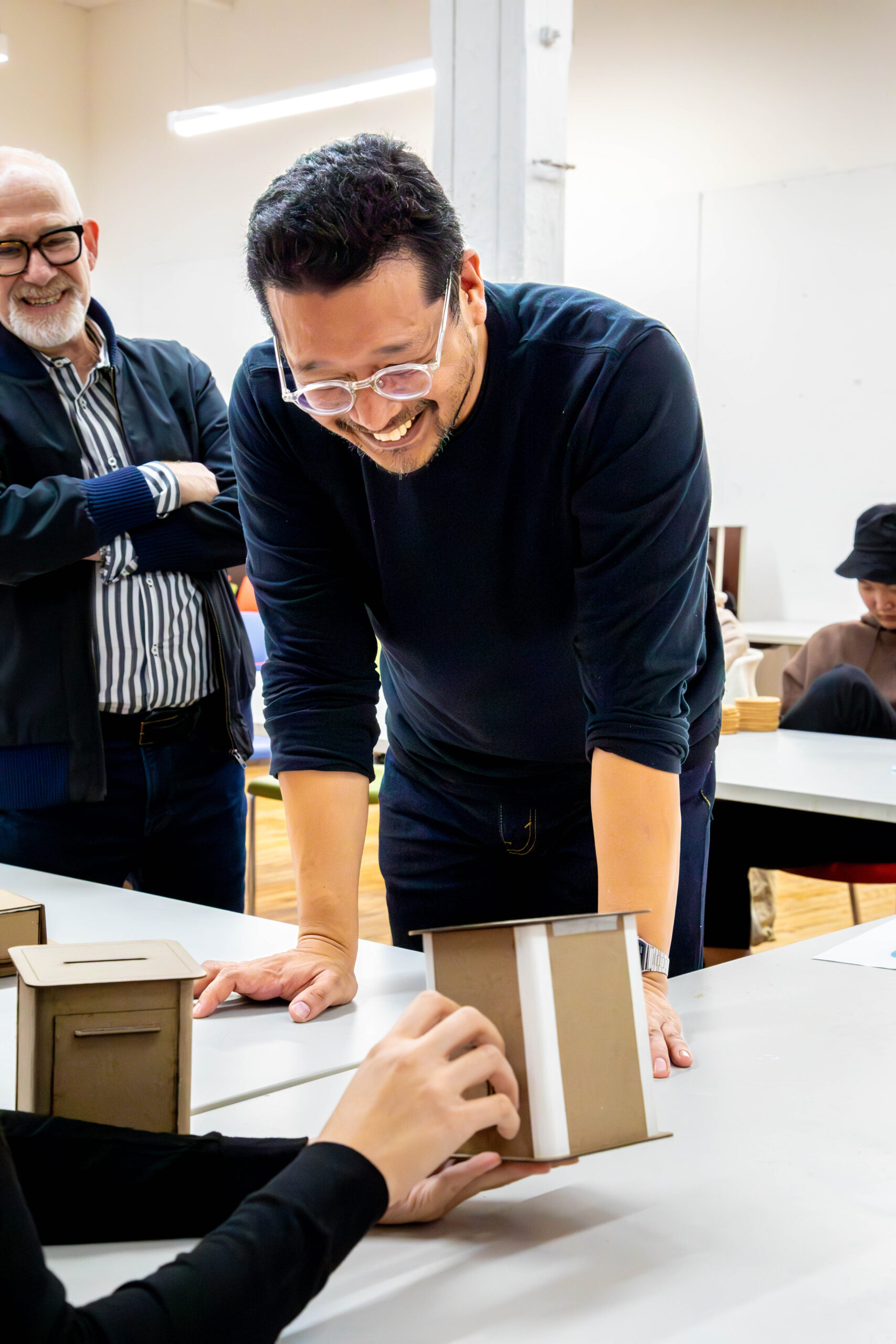
Aarushi Talesara, BID ’24, was inspired by Barnes & Noble’s catalog, and found that the most popular section of the store was the cookbook section. She came up with a product that could serve cookbook enthusiasts in the kitchen.
At the start, Talesara says she was more focused on form than function. She wanted to create a prototype that mirrored Kikkerland’s buoyant aesthetic, but her first attempts didn’t work the way she had intended. Reflecting on the client feedback she had received as well as her personal relationship with books, she took her work in a new direction.
“When I started to think deeper about my own experiences with reading, my design ideas improved,” she says. “The iterative process of developing prototypes and receiving critique each week was necessary to bring my ideas to fruition. It was also great to receive feedback from Kikkerland designers who have years of experience and an abundance of knowledge on manufacturing feasibility.”
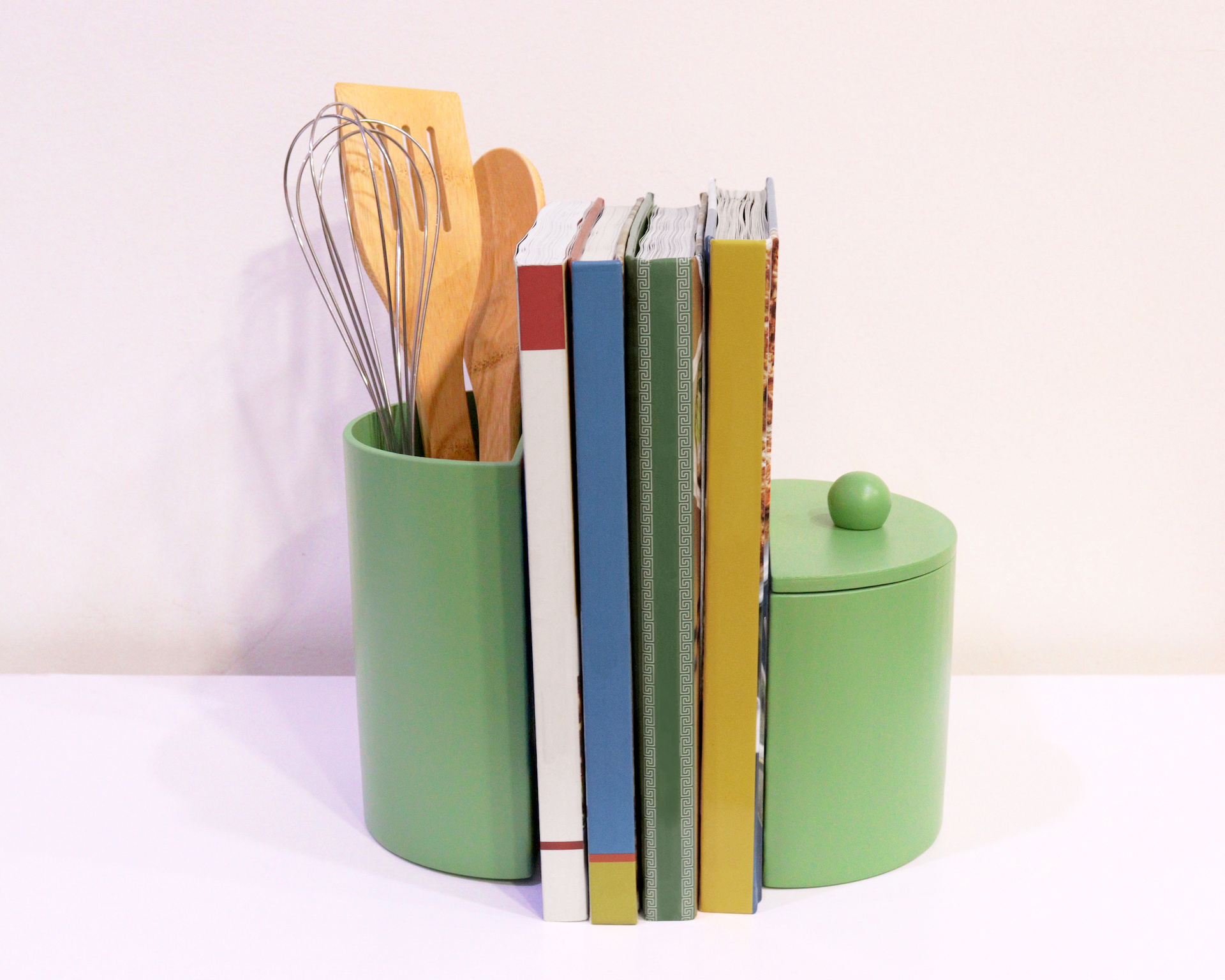
Talesara created Cookbook Ends, a set of two kitchen countertop holders—one that serves as a utensil stand, and the other as a compartment for storing recipes. The two parts work together as bookends for cookbooks.
By prototyping, students learned how to pursue a balance between aesthetics, structure, and utility. “They had to look at every detail,” says Boym, from material treatment to connections, to finishes and color. “At the beginning, a lot of their book holders did not hold books very well! They had to figure out the problem and find a solution.”
After refining their designs and holding a final review with the representatives from Kikkerland in the classroom at Pratt, students showcased their work at Barnes & Noble Union Square in a juried event. In their presentations, they shared their inspiration and creative process. The designers also had a chance to discuss their projects, arranged among the store’s books, with event attendees.
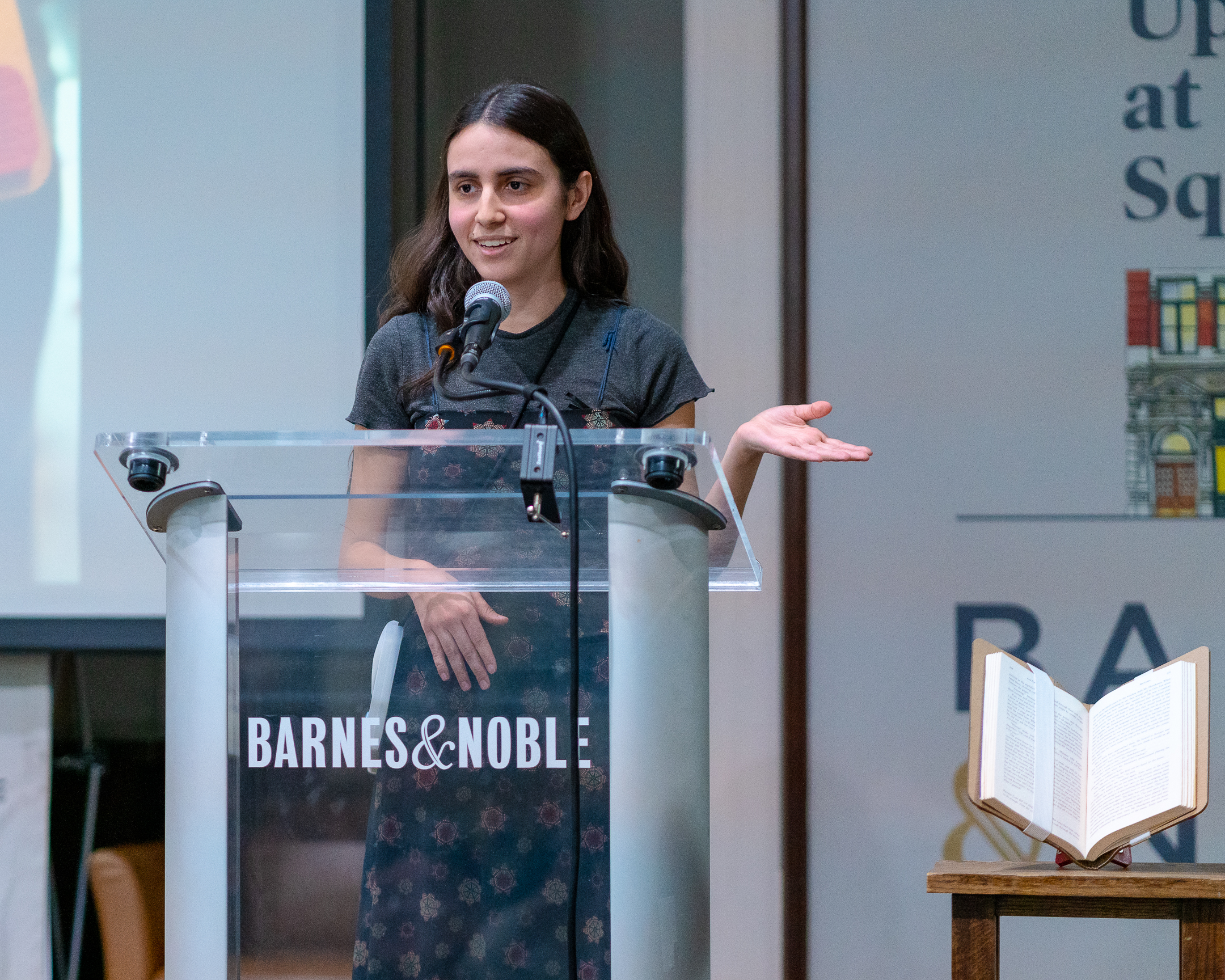
Nery, whose book got wet in the rain, displayed her solution—Book Rain Coat. Drawing from the idea of caring for her books as she felt they cared for her, she had designed a waterproof, protective case for books that included an adjustable strap.
Nery also presented another project, Book Voyager—a sleeve with a criss-cross stand that holds books open—which Nery pitched as turning “any space into a reading haven.” Nery received the Academic Choice Winner award for the work, which Kikkerland said “exceeded all the parameters with its elegance and simplicity.”
Among other projects that received recognition were Annotation Garden by Doreen Riso, BID ’24, a set of flower-shaped stickers to mark pages, and Dog Pen Holder by Lin Chen, BID ’24, a bookmark topped with a dog-shaped pencil clip. Iris Guo, MID ’24, was recognized with the People’s Choice award for her Hourglass Reading Lamp, a light designed to emit a calming amber glow.
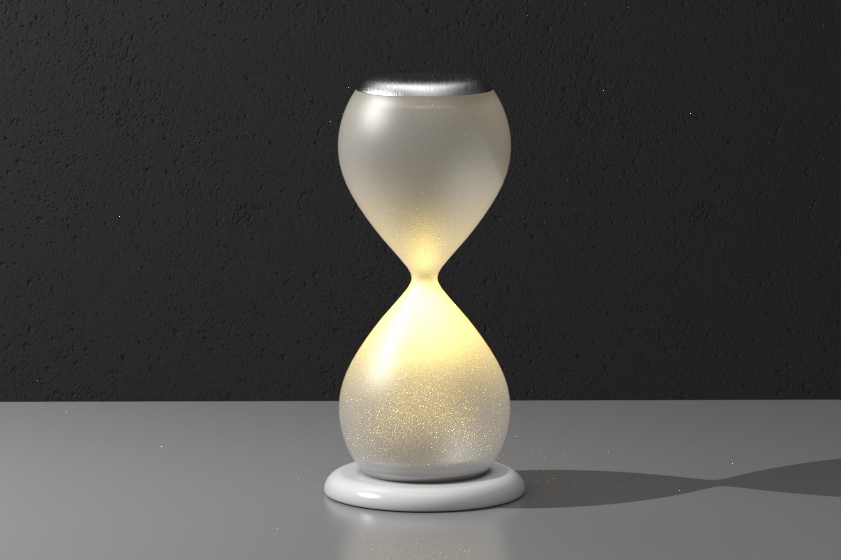
By the end of the course, students gained hands-on product-design experience, from conception to iteration, modeling to pitching, as well as unique professional perspectives on process, presentation, and design’s applications in the world.
“My biggest takeaway from this course is that good design does not need to be complicated,” says Talesara. “Gaining hands-on and real-world experience with companies like Kikkerland and Barnes & Noble reminded me that good design is simply about meeting consumers’ needs while bringing joy to their lives.”
